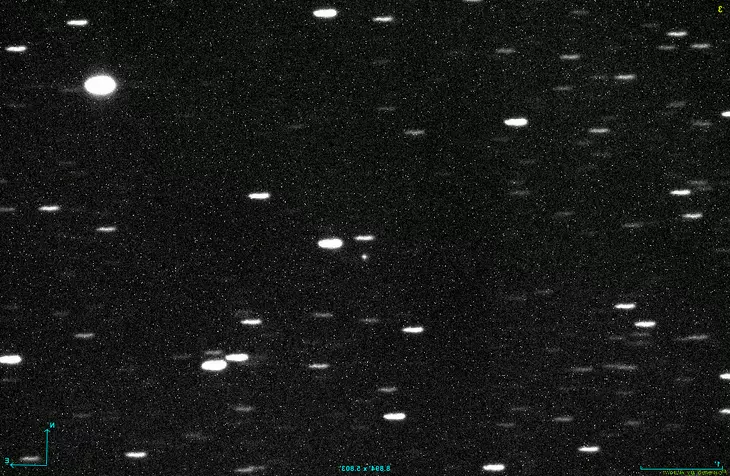
The Deep Random Survey telescope in Chile also observed 3I/Atlas - Photo: DEEP RANDOM SURVEY
On July 2, astronomers confirmed the discovery of an interstellar object - coming from stars outside our Solar System - flying rapidly through the Solar System and classified it as a comet, according to AFP. It is likely the largest interstellar object ever discovered by humans.
The object was discovered a day earlier by the NASA-funded ATLAS survey, and astronomers then looked back at observations made in June to trace its orbit back to at least June 14.
The International Astronomical Union's Minor Planet Center has named the interstellar comet 3I/Atlas.
"The fact that we see some faint spots suggests that it's mostly ice rather than rock," said Jonathan McDowell, of the Harvard-Smithsonian Center for Astrophysics.
Initially, before being determined to be of interstellar origin, the European Space Agency (ESA) named the object A11pl3Z and determined it posed no threat to Earth.
The comet will "travel deep through the Solar System and pass close to the orbit of Mars" but will not collide with our planetary neighbour, said Richard Moissl, of the ESA.
Astronomers are still finalizing their calculations, but 3I/Atlas appears to be moving at more than 60km/s. That means 3I/Atlas is not bound to the Sun's orbit like comets and asteroids that originate from within the Solar System.
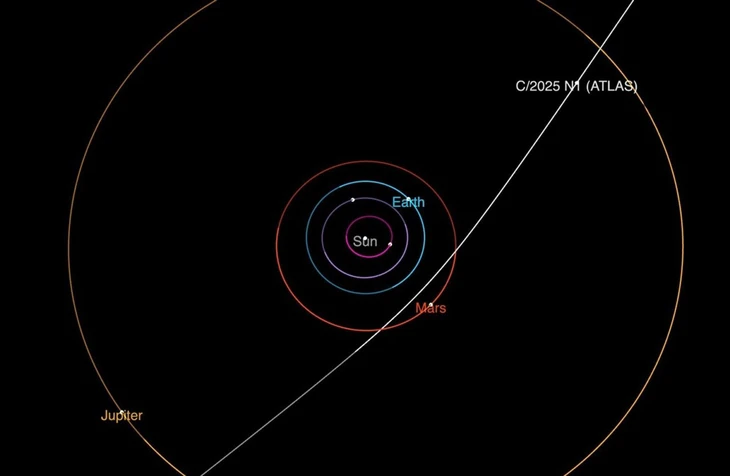
The orbit of 3I/Atlas as it flies through our Solar System - Photo: NASA
The orbit of 3I/Atlas suggests that it does not orbit our star, but rather comes from interstellar space and will fly back there again. According to Mr. Moissl, the interstellar comet is estimated to be about 10-20km wide, but the actual size could be smaller if it is made of ice, which reflects more light when observed.
“It will get brighter and closer to the Sun towards the end of October and will still be visible (with telescopes) until next year,” said Moissl.
This is the third time humanity has detected an object coming from interstellar space and entering the Solar System. The first interstellar object was discovered in 2017 and named Oumuamua. The second interstellar "guest" was 2I/Borisov, discovered in 2019.
The latest interstellar object appears to be “moving faster than the other two we’ve seen,” said Mark Norris, an astronomer at the University of Central Lancashire in the UK. 3I/Atlas is currently at the same distance from Earth as Jupiter.
Visitors like 3I/Atlas give scientists a rare opportunity to study something outside our Solar System.
Source: https://tuoitre.vn/nasa-phat-hien-vi-khach-la-lao-nhanh-qua-he-mat-troi-20250703113651821.htm





![[Photo] Prime Minister Pham Minh Chinh receives CEO of Samsung Electronics](https://vphoto.vietnam.vn/thumb/1200x675/vietnam/resource/IMAGE/2025/8/26/373f5db99f704e6eb1321c787485c3c2)
![[Photo] Prime Minister Pham Minh Chinh chairs meeting of National Steering Committee on International Integration](https://vphoto.vietnam.vn/thumb/1200x675/vietnam/resource/IMAGE/2025/8/26/9d34a506f9fb42ac90a48179fc89abb3)

![[Photo] Multi-colored cultural space at the Exhibition "80 years of the journey of Independence - Freedom - Happiness"](https://vphoto.vietnam.vn/thumb/1200x675/vietnam/resource/IMAGE/2025/8/26/fe69de34803e4ac1bf88ce49813d95d8)




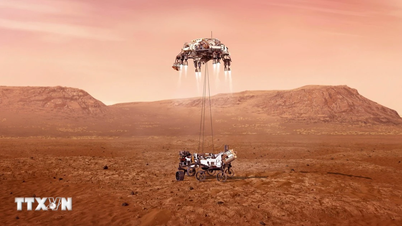
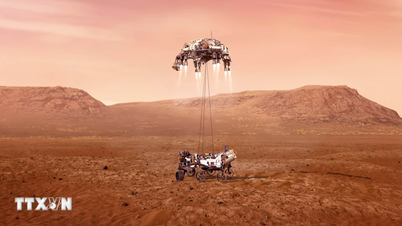

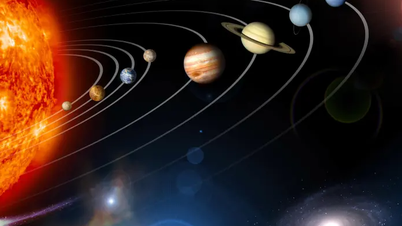














































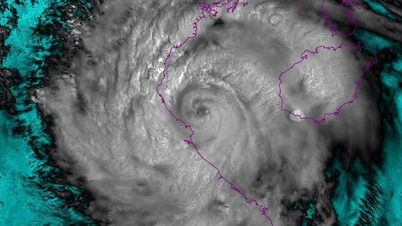






































Comment (0)